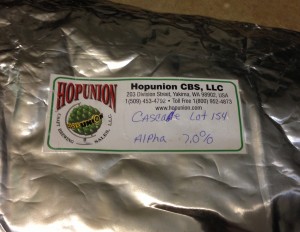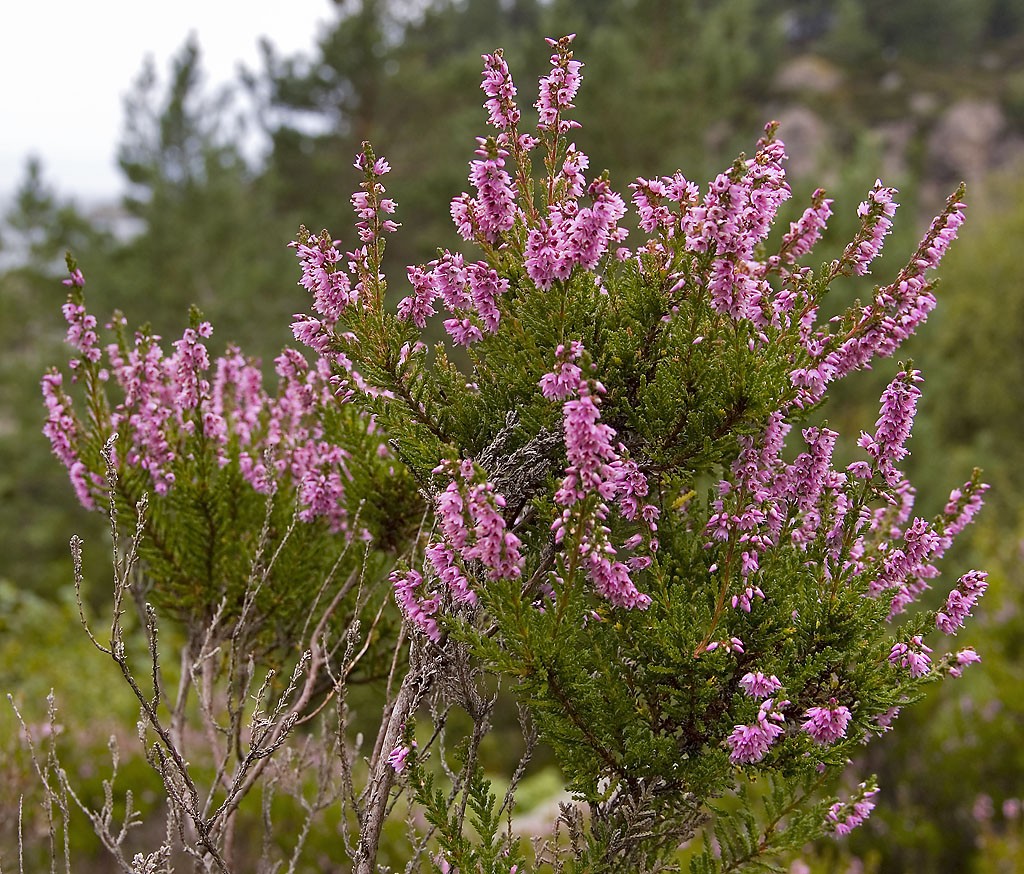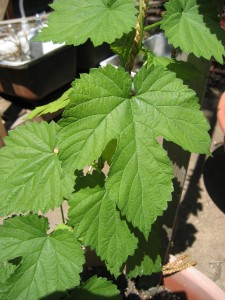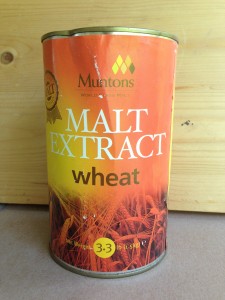 Let’s say you buy an ounce of Cascade hops and it says 6.0% alpha acids on the package. What is the percentage of alpha acids in your hops? This might seem like a trick question, but it isn’t. Alpha acids decay over time and the percentage listed on the package represents the level when the hops were analyzed. The number may be substantially lower when you brew with them. In each hemisphere, hops are harvested once a year. Once harvested, the clock is ticking on their alpha acid levels. For advanced homebrewers — especially those brewing hoppy beers in the few months leading up to the next hop harvest — it pays to understand what is going on and how you can adjust for it.
Let’s say you buy an ounce of Cascade hops and it says 6.0% alpha acids on the package. What is the percentage of alpha acids in your hops? This might seem like a trick question, but it isn’t. Alpha acids decay over time and the percentage listed on the package represents the level when the hops were analyzed. The number may be substantially lower when you brew with them. In each hemisphere, hops are harvested once a year. Once harvested, the clock is ticking on their alpha acid levels. For advanced homebrewers — especially those brewing hoppy beers in the few months leading up to the next hop harvest — it pays to understand what is going on and how you can adjust for it.
The major variables contributing to the decline in alpha acid levels are temperature, exposure to oxygen, exposure to light, and the variety of hops. As a homebrewer, you should store your hops in a way that minimizes their degradation.




Recent Comments